Product and tech leaders in high-performing transportation & logistics use NextBillion.ai Route Optimization







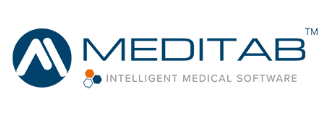














Time to Move Beyond Traditional Route Planning

Routes That Don’t
Learn From the Past
Most systems start from zero every day — they ignore your fleet’s historical data, driver behavior, and real-world performance patterns.

Complexity That
Tools Can’t Handle
Vehicle capacities, time windows, and skill-based assignments overwhelm traditional tech, forcing manual fixes and re-planning.

Stuck With Outdated,
Manual Tools
Spreadsheets and legacy software can’t keep up with today’s dynamic logistics — they waste time, miss opportunities, and leave money on the table.
AI That Knows Your Fleet and
Plans Optimized Routes
Advanced AI Algorithms for Route Planning
Our optimization engine uses cutting-edge AI and heuristics to analyze millions of route possibilities in seconds.
Request a Demo
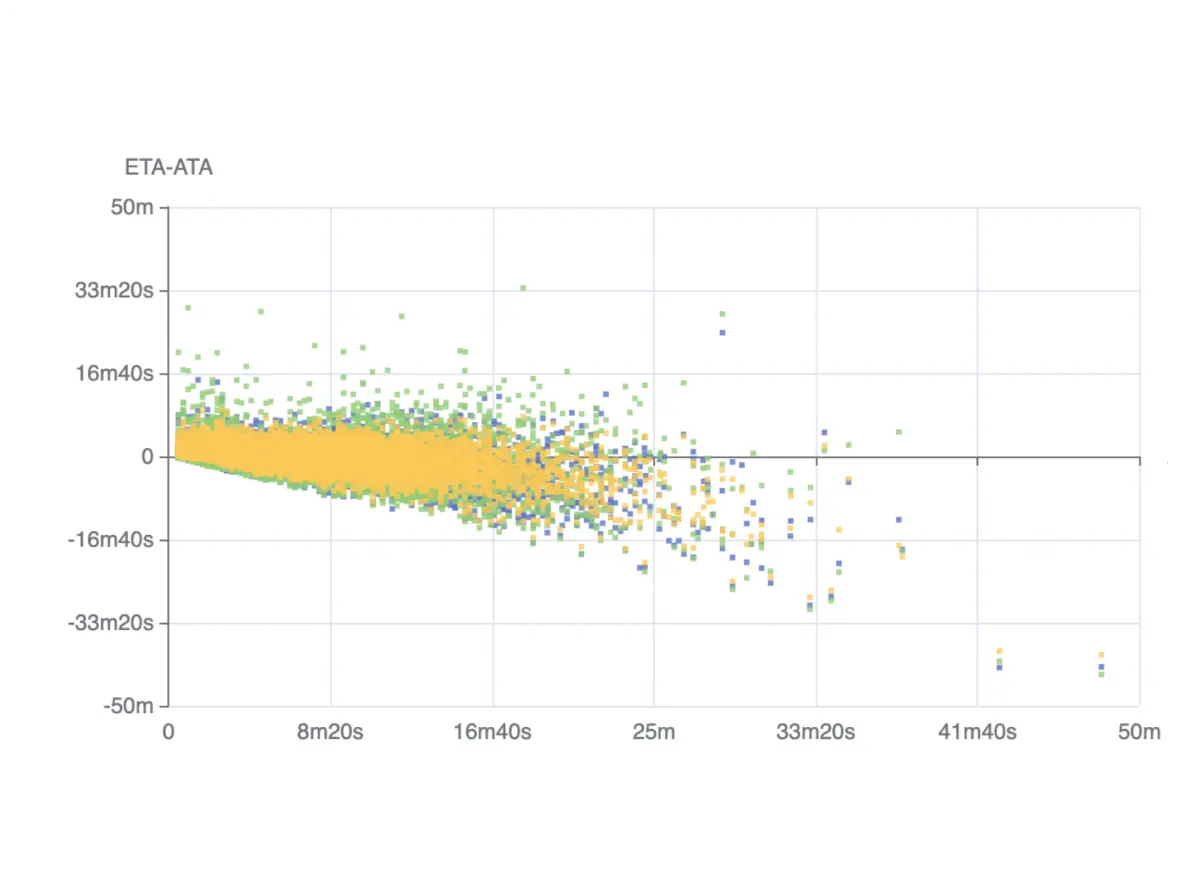
Learns from Your Fleet’s Past Performance
The system gets smarter with every trip. By learning from your historical delivery data, fleet performance, and real-world constraints, it continuously improves route efficiency and adapts to your unique business patterns.
Request a DemoHandles Multi-Constraint Scenarios
From time windows, vehicle capacities, driver shifts, and skill-based assignments to compliance with road permits, NextBillion.ai’s engine can juggle multiple constraints effortlessly.
Request a Demo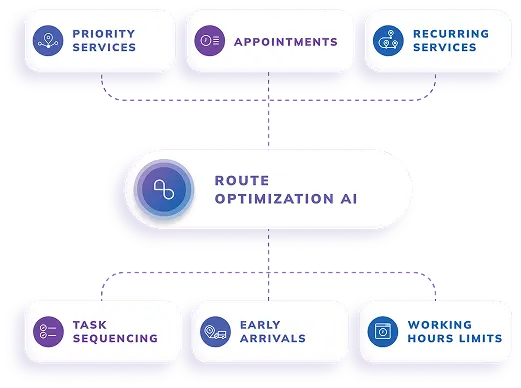
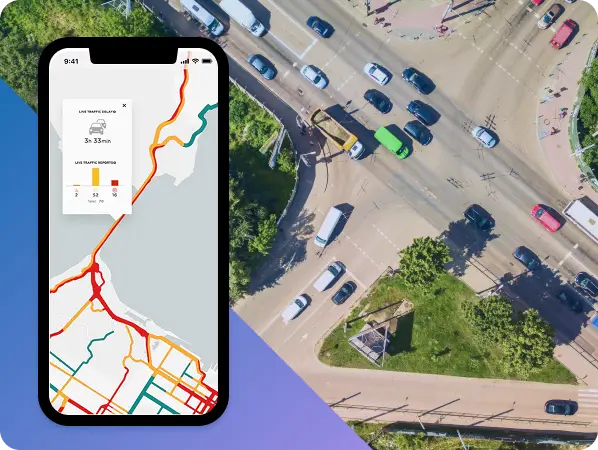
Live Traffic Intelligence
Our Route optimization AI integrates with live traffic feeds to ensure accurate ETAs and instant re-routing when conditions change.
Request a DemoLogistics product managers and developers
love NextBillion.ai APIs & SDKs
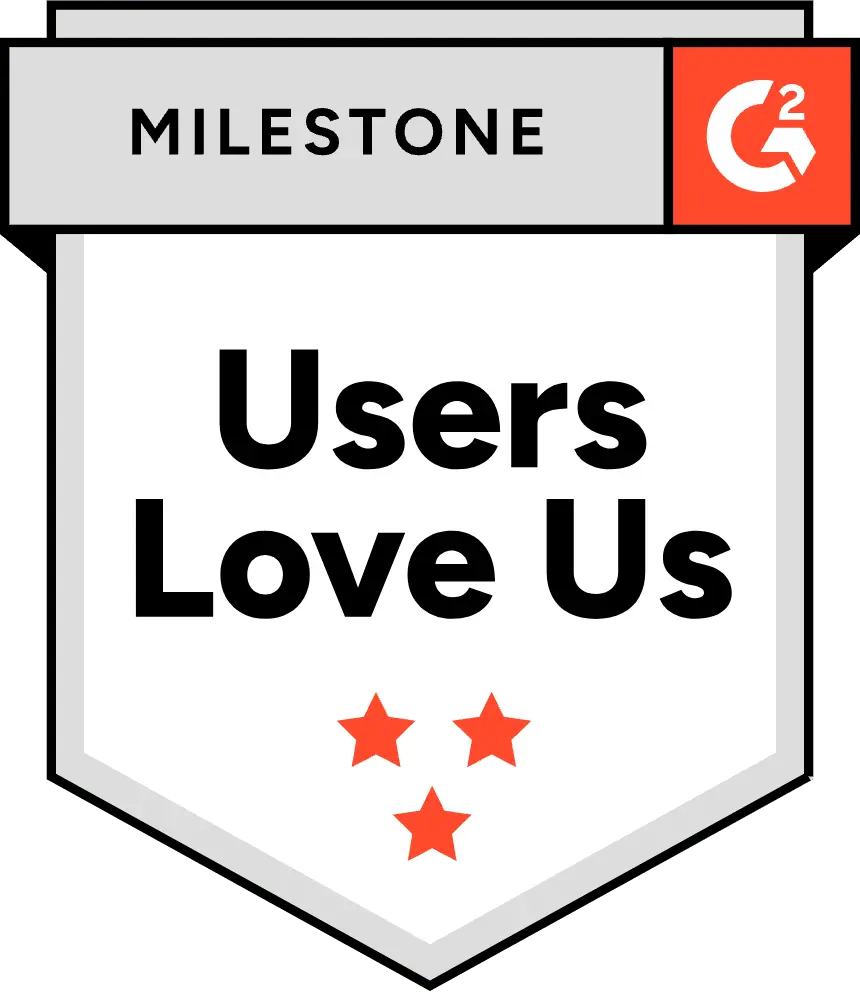









Industries That Benefit from
Route Optimization AI
Trucking & Logistics
Optimize long-haul and last-mile routes in real time to cut fuel costs, reduce empty miles, and ensure on-time deliveries.




Field Services
Use AI to assign the right technician to the right job, minimizing travel time and maximizing daily service efficiency.




Mobility & On-Demand Transport
Power dynamic driver assignments and live re-routing to reduce wait times, balance demand, and increase fleet utilization.




Waste Collection & Public Services
Eliminate inefficient routes with AI-optimized collection paths to lower fuel usage, shorten collection cycles, and improve coverage.



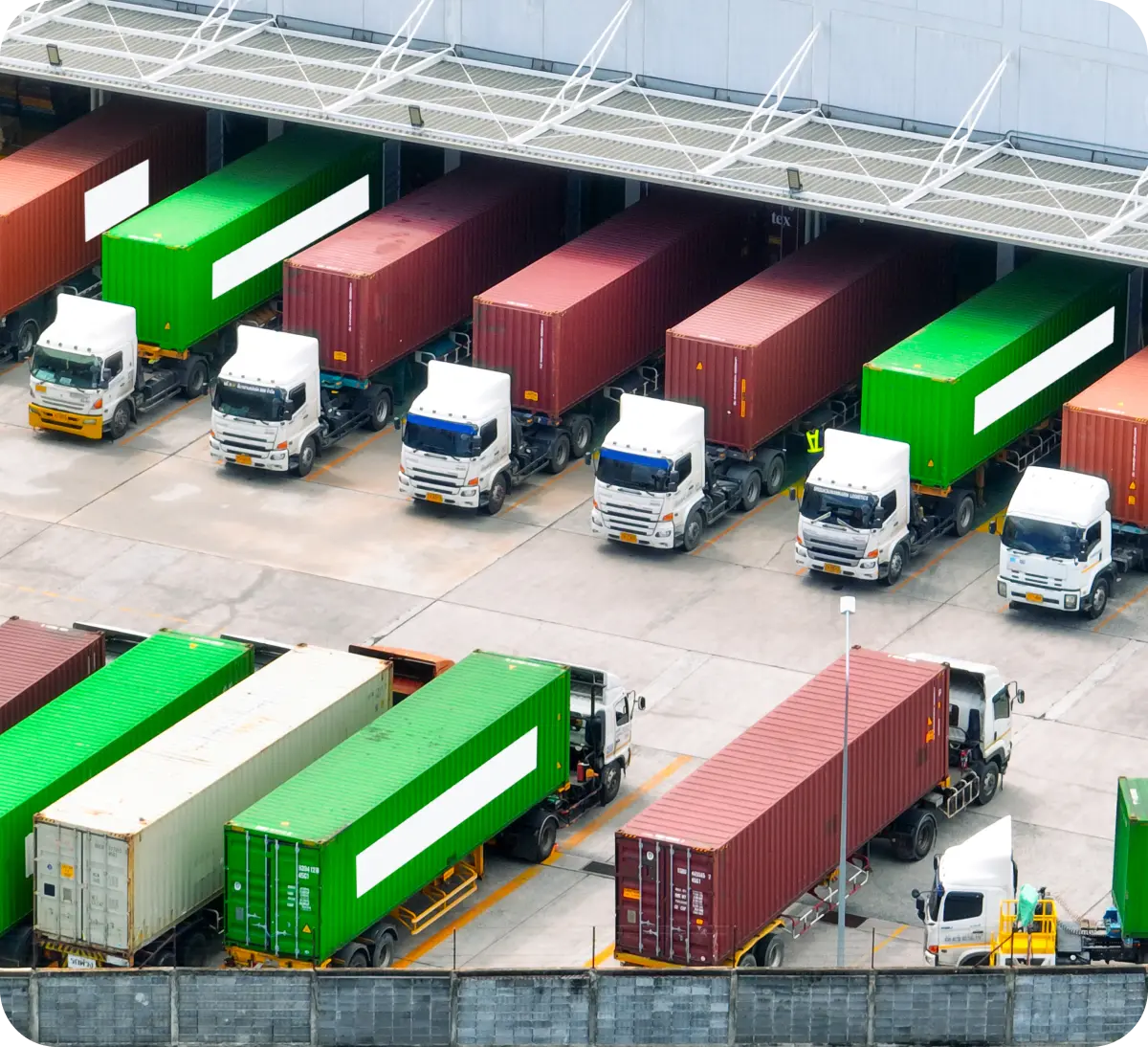
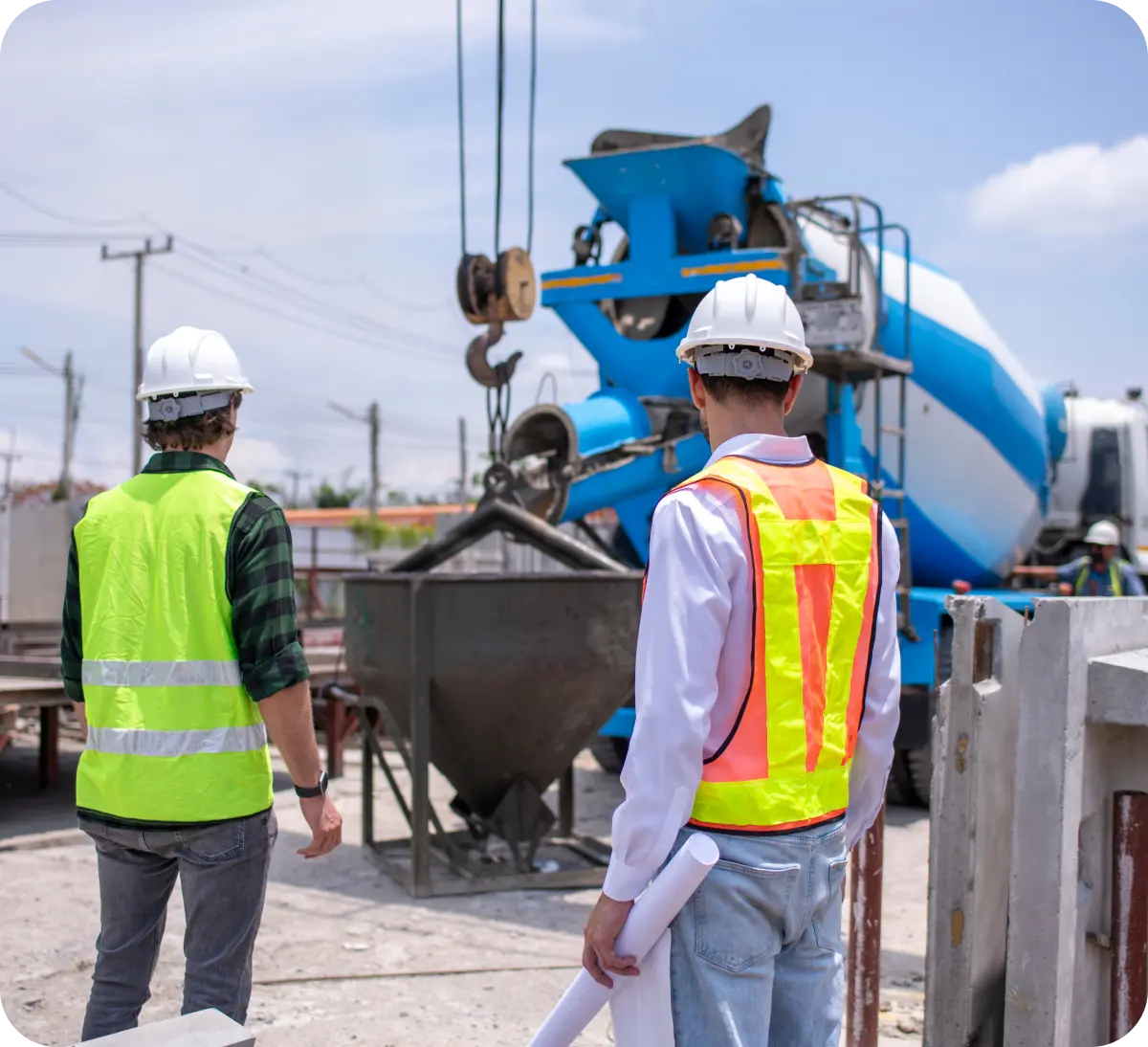
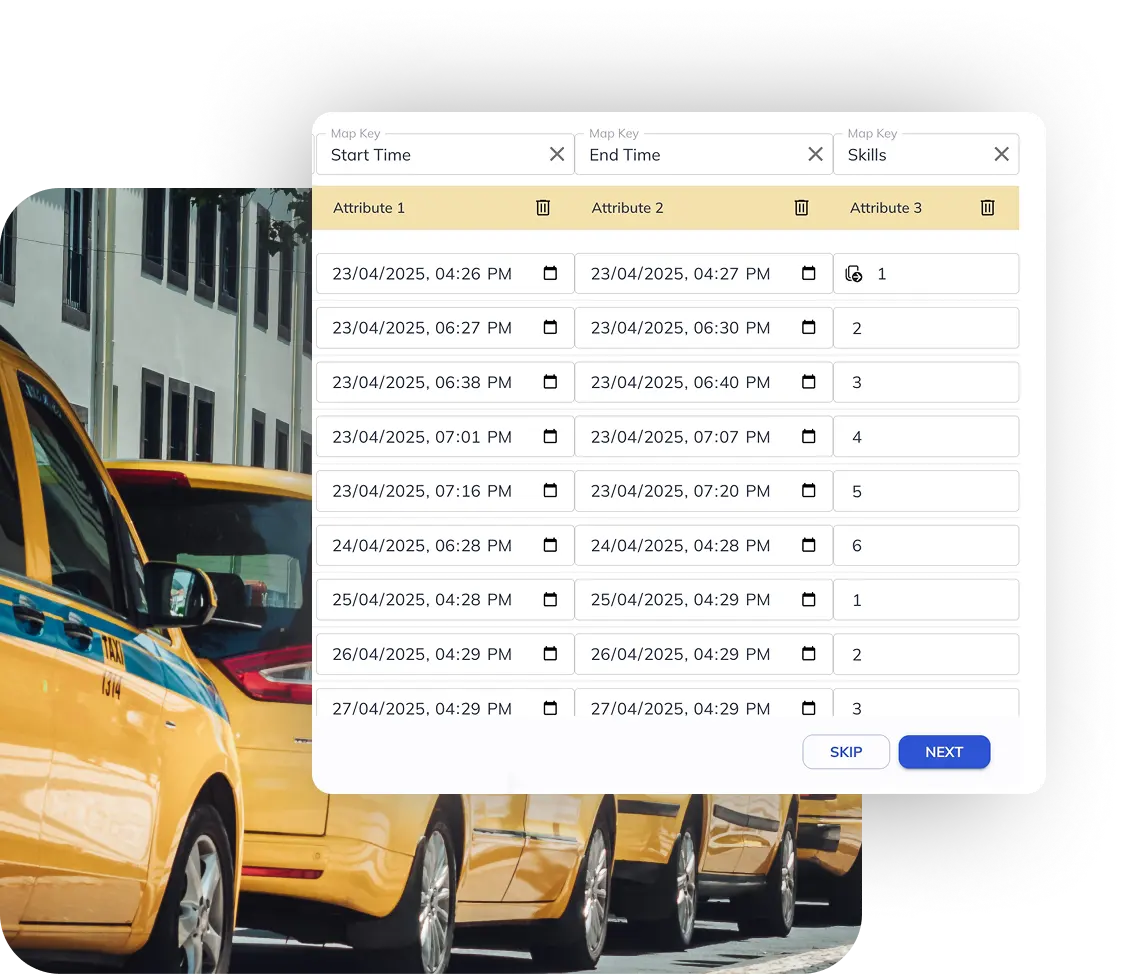
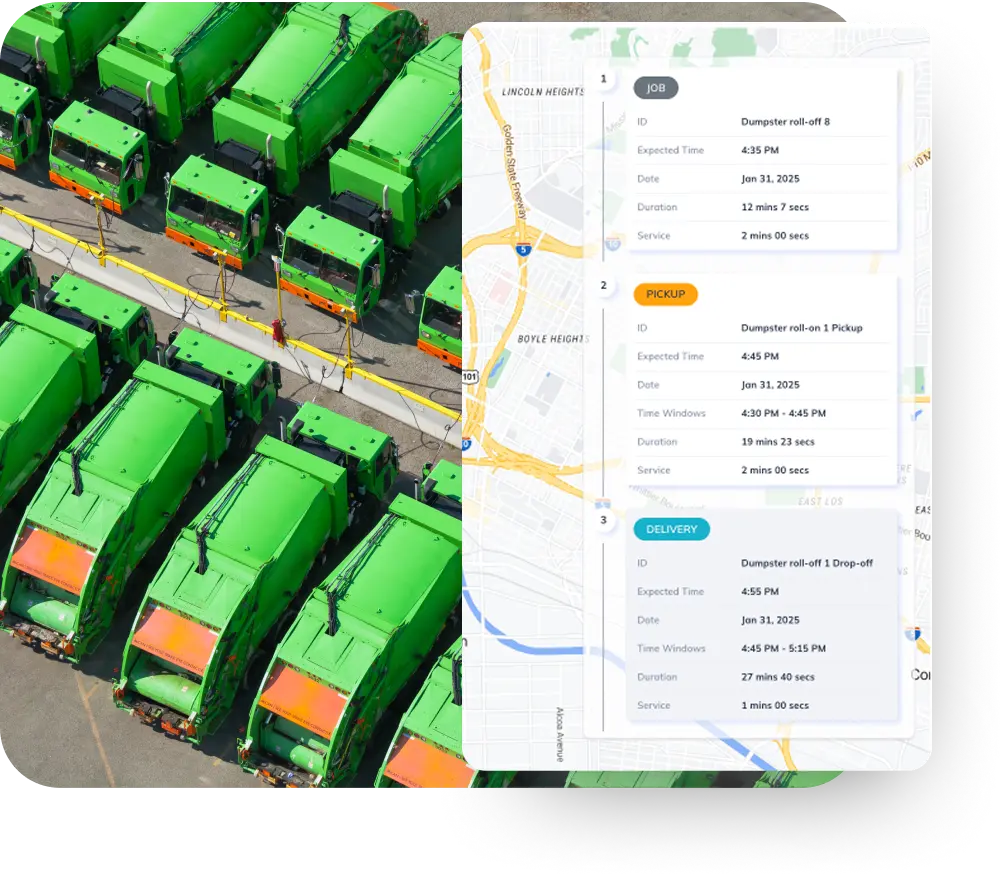
How to Get Started with Route
Optimization AI
- 1
- 2
- 3
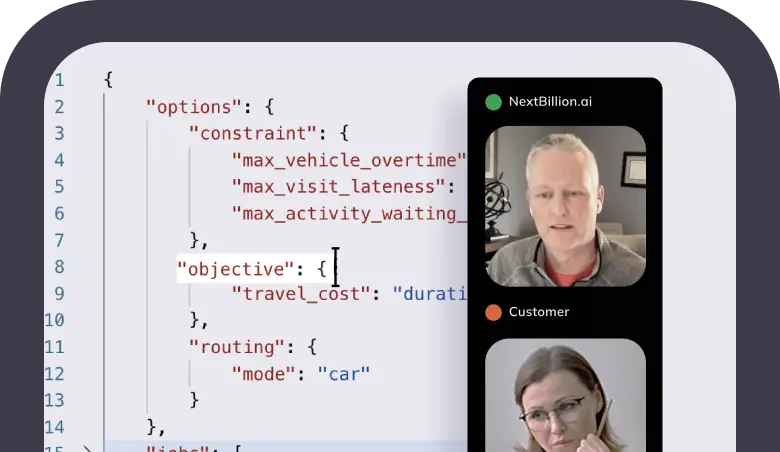
Book a Demo with Our Team
Discuss your routing challenges and discover how AI can transform your operations.
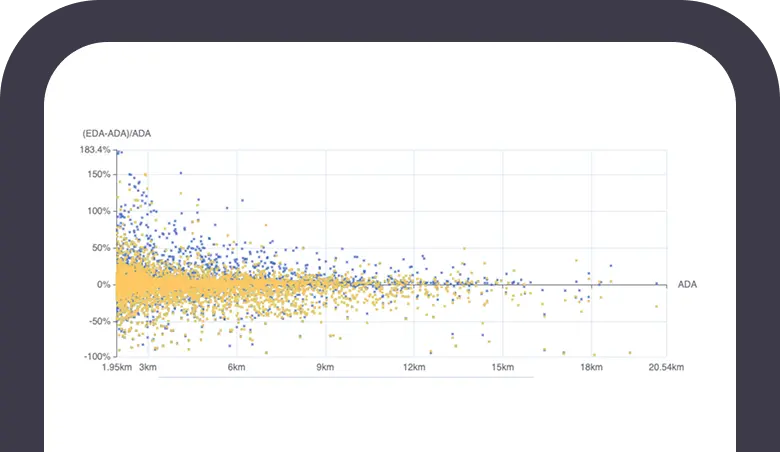
Share Your Fleet Data & Fine-Tune the Model
Upload your past fleet data so we can train and tailor the AI to your unique constraints.
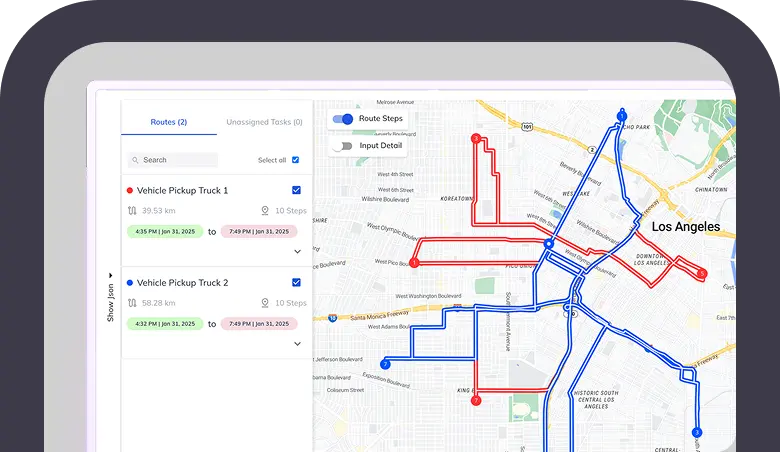
Go Live with AI-Powered Route Optimization
Deploy the model and start optimizing routes in real time for faster, smarter deliveries.






